
Foresight, Time and the Problem of Timing.
We treat foresight as if it were about time and the yet-to-come. But real impact begins when we realise: foresight is about timing.

We treat foresight as if it were about time and the yet-to-come. But real impact begins when we realise: foresight is about timing.
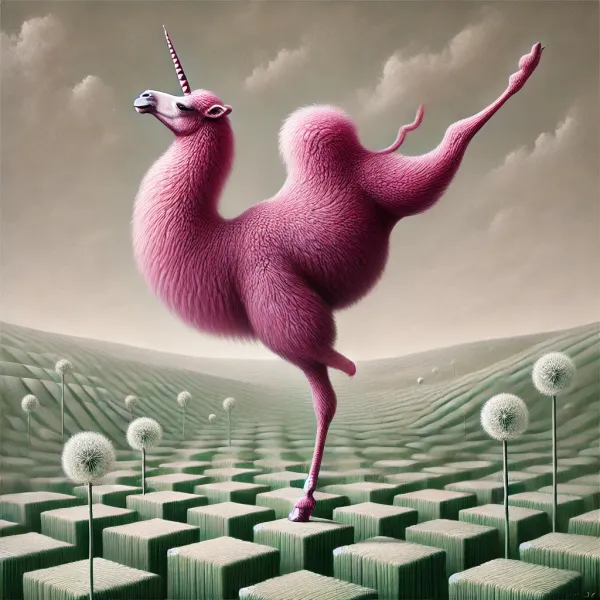
Foresight inspires, but only decisions give imagination direction. Without that link, the future stays a performance.
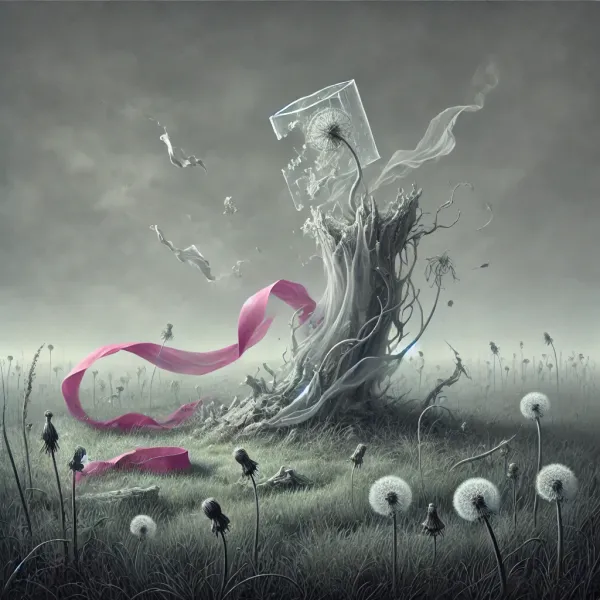
The skill of modern strategy isn’t making perfect decisions. It’s knowing when a once good one has expired.
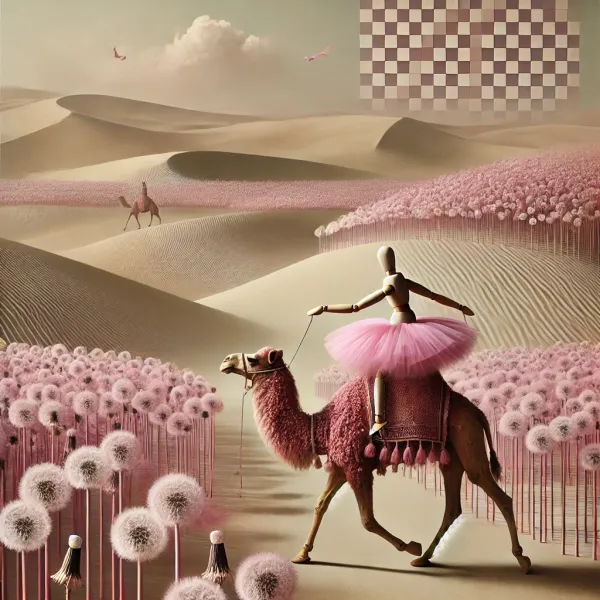
The real shift isn’t from business as usual to experimentation, but from reaction to anticipation. This is the frontier between surviving and evolving.
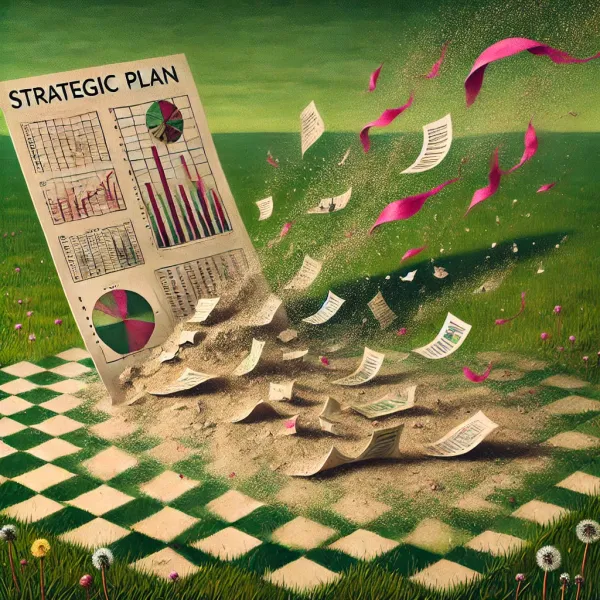
Most companies trust the rhythm of five-year plans and annual budgets, but without governance of superposed futures, they risk pacing the same cage while calling it strategy.
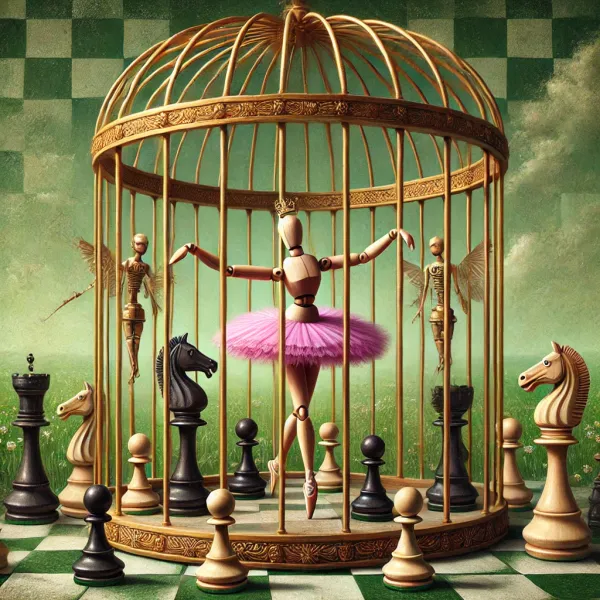
When the present grows too heavy to move, organizations often reach for the same answer they always reach for, the promise of more control. The reflex is almost automatic. Prutures.
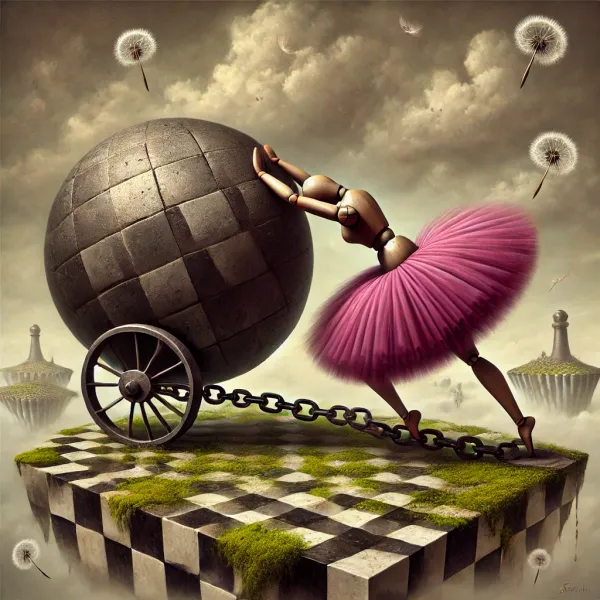
We often imagine change as a clean swap of parts, one process out, another in, and we keep telling ourselves that with enough focus and discipline the machine will run better.
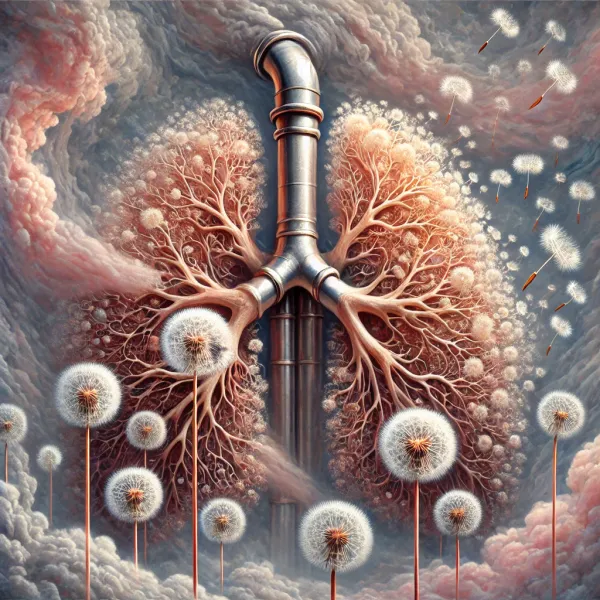
Transformation isn’t subtraction. It’s not about taking something out to make space. It’s the reconfiguration itself that changes everything. Letting go isn’t absence, it’s a shift in how things relate so something new can begin.
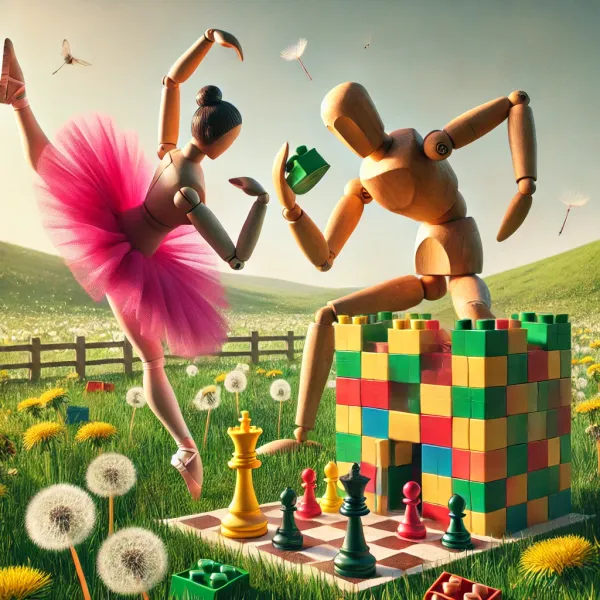
Most structures are built to last. But what if that isn't the point? Sometime care looks like building, and sometimes care looks like stepping aside.
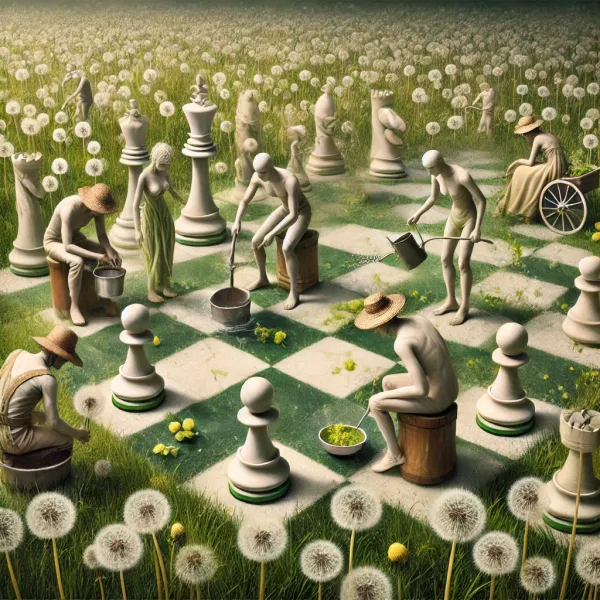
We like to believe that if we build the right structures, policies, teams, strategies, or incentive systems, something good will emerge. We hold on to the hope that good intentions paired with solid design will stabilize the future. But if we’re honest, we often don’t know whether they will.
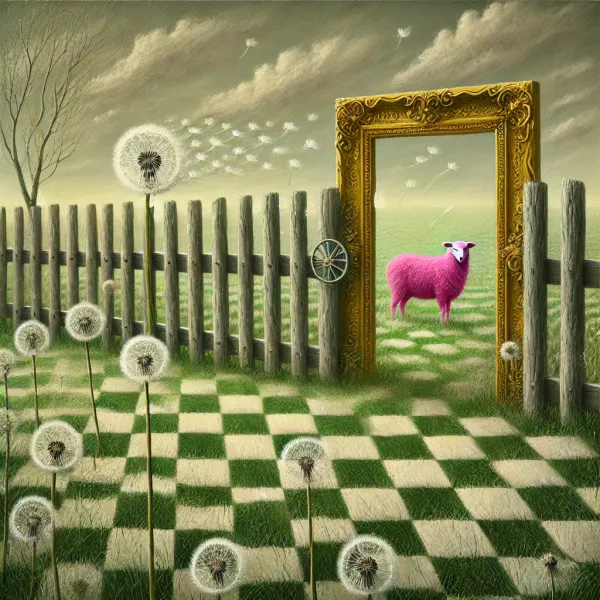
We say we want less regulation—until we need it. The real tension isn’t between freedom and control, but between rules that trap and rules that enable.
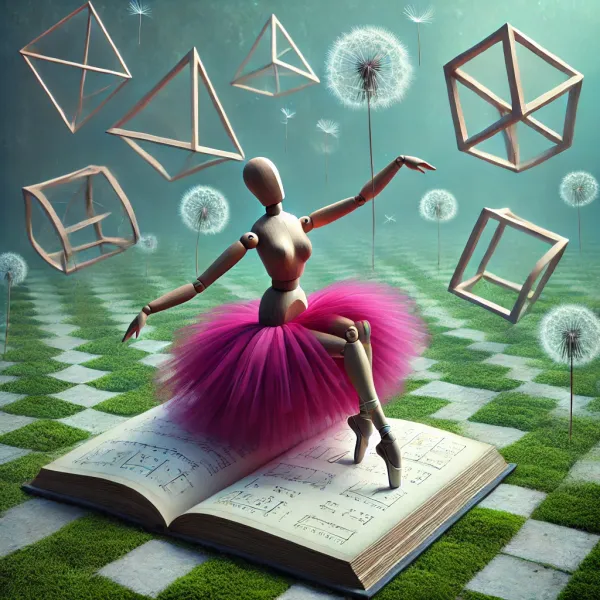
Helping my child understand quadrilaterals taught me this: real understanding—and real futures—come from breaking things down, questioning assumptions, and rebuilding with meaning and glue.
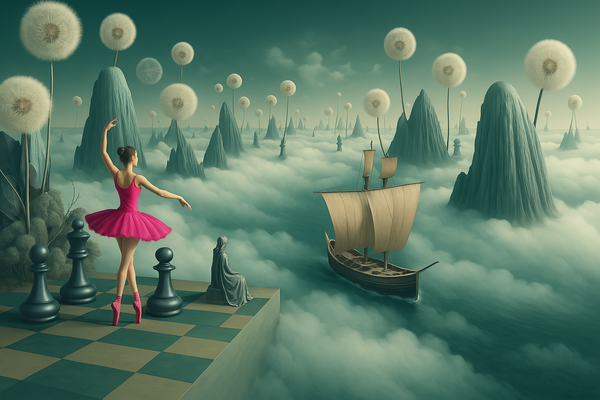
Interview
In this interview with Sarah Biendarra, explore the approach of Simple Thinking—how it helps navigate complexity and shape future possibilities.
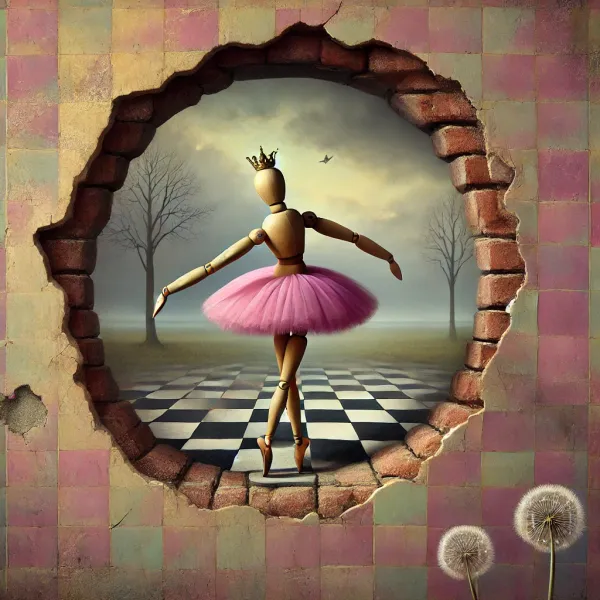
Experiencing
Futures thinking has always been part of who I am. For me, it’s about seeing beyond the immediate. This is my journey and its learnings.
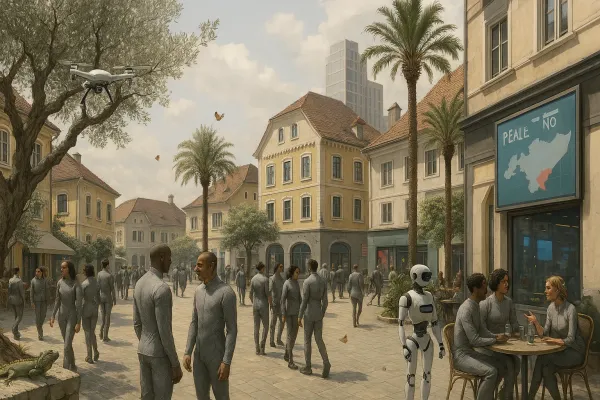
Futures
The Futures Telescope is a tool for uncovering the blind spots in our vision and the assumptions that guide us.

Adaptive
Don’t get me wrong, I understand the notion and see the beauty in all the “Build bridges, not walls” kind of metaphors. But when it comes to strategy and futures, I’m afraid a bridge isn’t the answer.
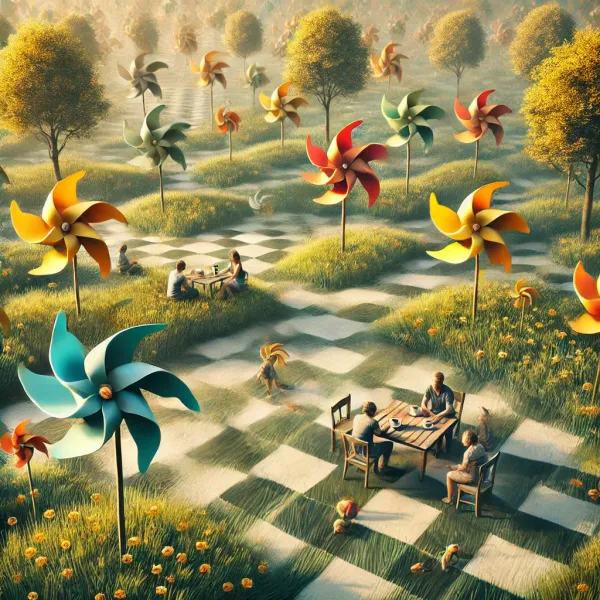
Strategy
Conversation is not the same as communication. Conversation can create friction. And it is friction you need to create a spark.
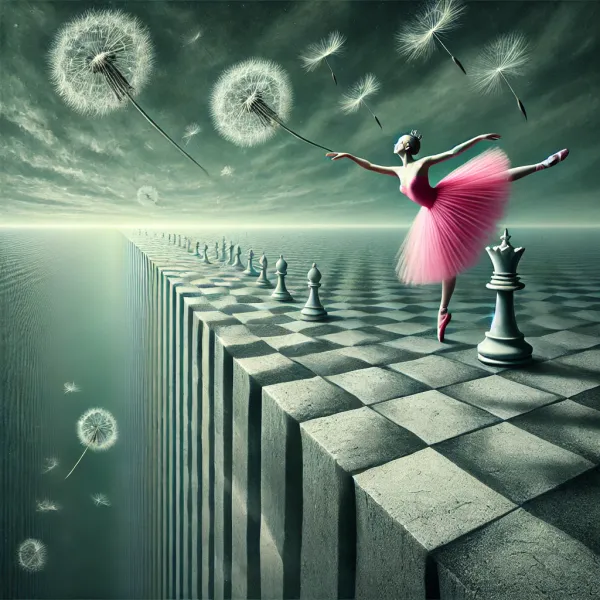
Futures
Anticipation is not prediction—it's the art of sensing, adapting, and shaping possibility. But have we forgotten how to use it? Futures Thinking is not a luxury; it’s a societal necessity.
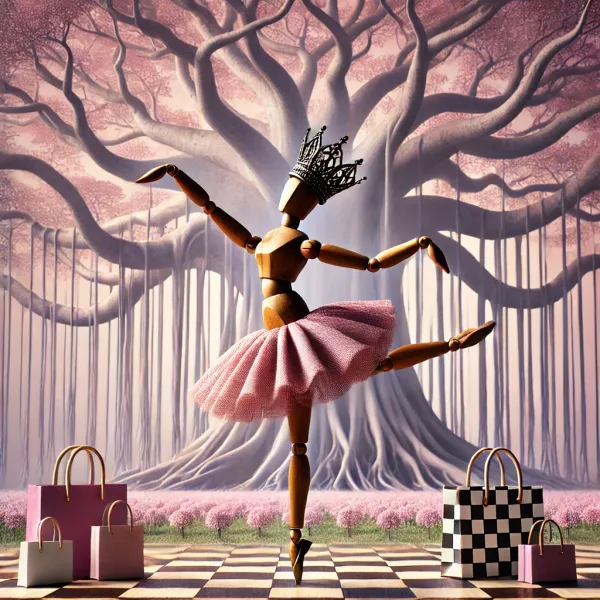
complexity
The problem with traditional strategy is not just its rigidity—it’s its assumption about time. The idea that we can move from ‘now’ to ‘next’ as though history were a straight road. The Banyan approach rejects this.
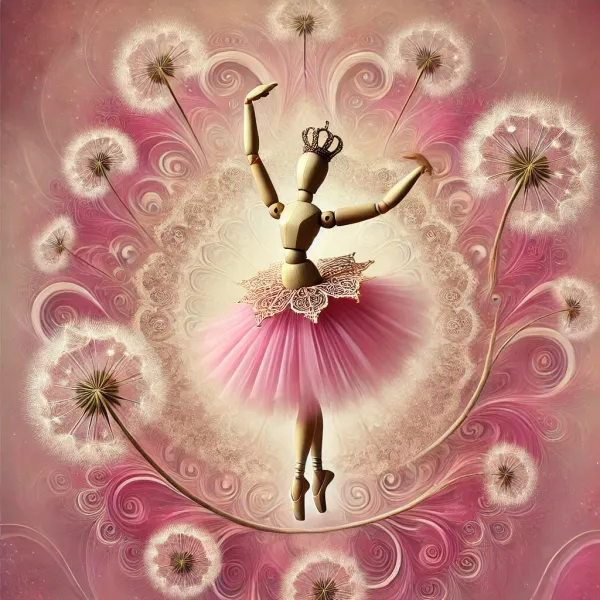
Adaptive
Pink is one of those colors that has always had a strong presence, though it often evokes mixed reactions. Historically, pink was seen as a softer, more delicate color—often linked to femininity or sweetness. But over the years, it has evolved into something more powerful.
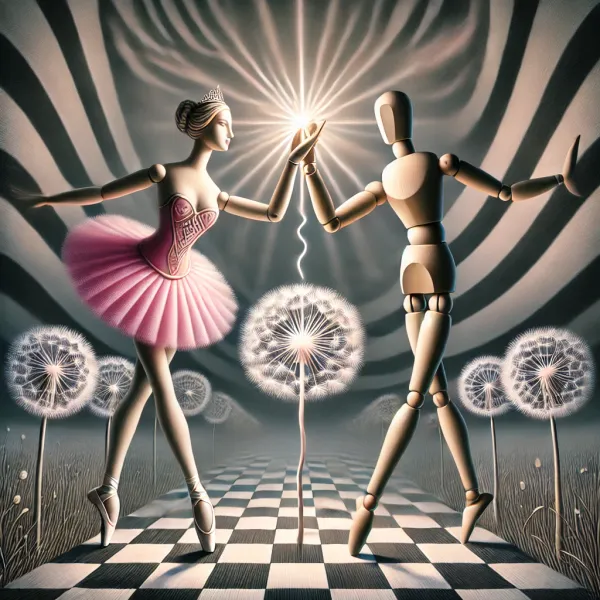
Poetry
If you can find warmth in the longest night, seeing light not as certainty but as motion, a shifting glow against the vast unknown. If you can hold the weight of silence without naming it fear, letting the absence become a form of presence, an invitation to breathe. If you
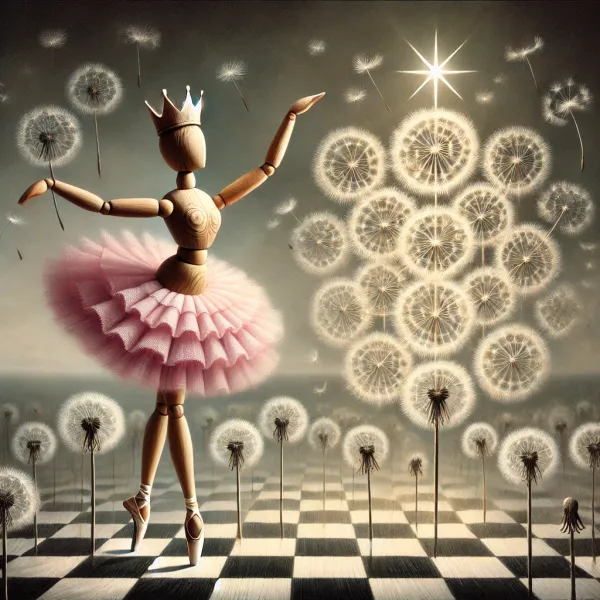
complexity
December is full of contradictions—the year closes, yet the world feels impossibly full. Lights shine on long nights, reminders that even darkness holds a spark of hope. Christmas invites us to reflect on the tangle of past, present, and future, offering pathways not to predict but to participate.
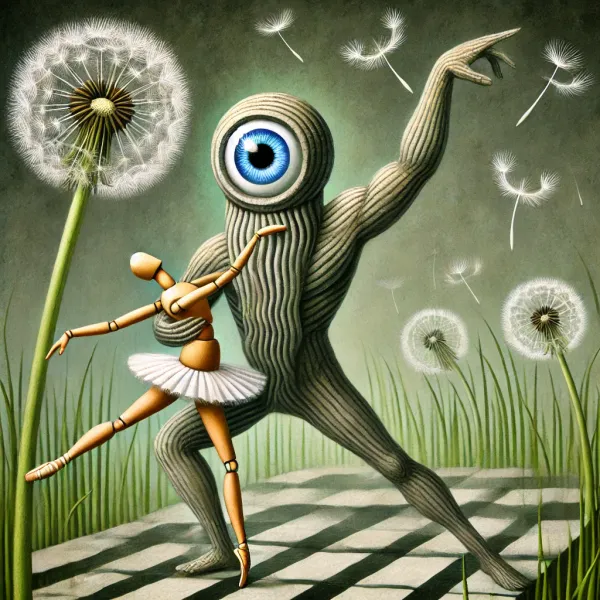
Poetry
The Cyclops, one eye fixed on the world, sees only what lies before it. Depth dissolves into certainty, a singular truth, unbroken but incomplete. Complexity shimmers beyond its gaze, an intricate weave of ripples and roots, where nothing stands alone, where every part speaks to another. Hierarchies cling to their
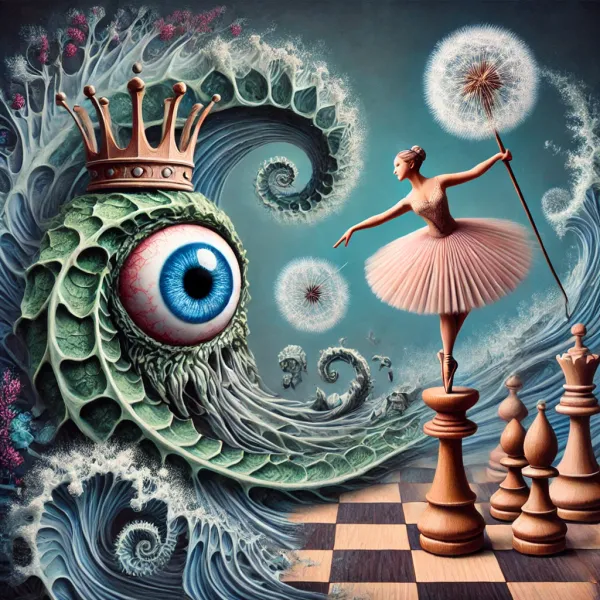
Strategy
Participation is key to Futures Work, yet often resisted by hierarchies valuing efficiency over collaboration. Its value lies in complexity's nature.